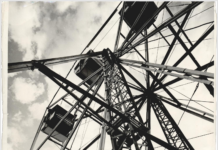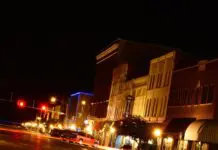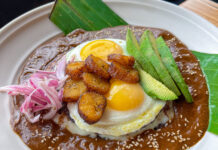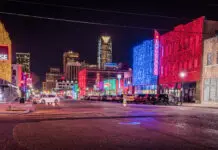Development of the highly anticipated $1 billion arena in downtown Oklahoma City is well underway. Marking a major step in the project, Mayor David Holt unveiled preliminary design renderings of the arena in July.
Featuring a 360-degree glass curtain and optimized seating, the new arena has been fundamental to securing the Thunder as Oklahoma City’s NBA team for the next 25 years. To fulfill its part of the historic deal with the all-star sports team, the City must finish constructing the arena by the summer of 2028.
The Arena’s Necessity
The Thunder, formerly known as the Seattle SuperSonics, relocated to Oklahoma City in 2008. First opened in 2002, the Paycom Center has served as the home court for the team ever since.
However, the design of the Paycom Center has been less than ideal for basketball fans. The center was built for hockey sporting events, and it remains the NBA’s smallest arena by square footage. When the Thunder’s arena use agreement for the Paycom expired in 2022, city officials grew concerned.
Holt described retaining the NBA team as one of the most important challenges of his tenure.
“Without a new arena, we wouldn’t be the long-term home of any major league professional sports team, and without that foundation as a big-league city, we would have a very different and diminished canvas upon which to paint,” he said in his State of the City Address last year.

Gaining Public Approval & Funding
The people of Oklahoma City seemed to agree with Holt. In 2023, voters approved a one-cent sales tax that would finance the arena with an overwhelming 71% majority.
“Clearly, it shows support for our basketball team,” says David Todd, who serves as project manager for the area and for the MAPS program. MAPS – the visionary series of municipal capital improvement initiatives in Oklahoma City – are all funded via temporary, one-cent sales taxes that are voted on by OKC residents. “I hope it also represents the trust that people have in the City to execute on the project properly.”
The sales tax will go into effect in 2028 and last for a 72-month period. It will yield $900 million in funding overall.
The Thunder ownership group has agreed to provide another $50 million for the arena. And in addition to the sales tax, the city has reallocated $78 million of MAPS 4 funding that was originally earmarked for renovations to the Paycom Center.
With its $1 billion+ price tag, the arena is one of Oklahoma City’s most expensive developments to date.
“This is our city’s fourth downtown arena, but it is our first true NBA arena, designed for basketball. It will be a much better experience for fans. It is also the first time we, as a city, have embarked upon a sports venue project with a budget befitting a big-league city,” Holt remarked in his most recent State of the City Address in July.
Finalizing the Design & Construction
In October 2024, the city council selected MANICA as the leading design firm and TVS as the architect of record for the project. Based in Kansas City, MANICA has extensive experience designing sports and entertainment arenas, including the Chase Center in San Francisco and the Toyota Center in Houston.
“They were one of the architect firms that bid on the project that did not come with preconceived notions,” says Dan Mahoney, vice president of broadcasting and communications at the Thunder. “They came to see what the team wanted, what the city wanted and what the community wanted.”

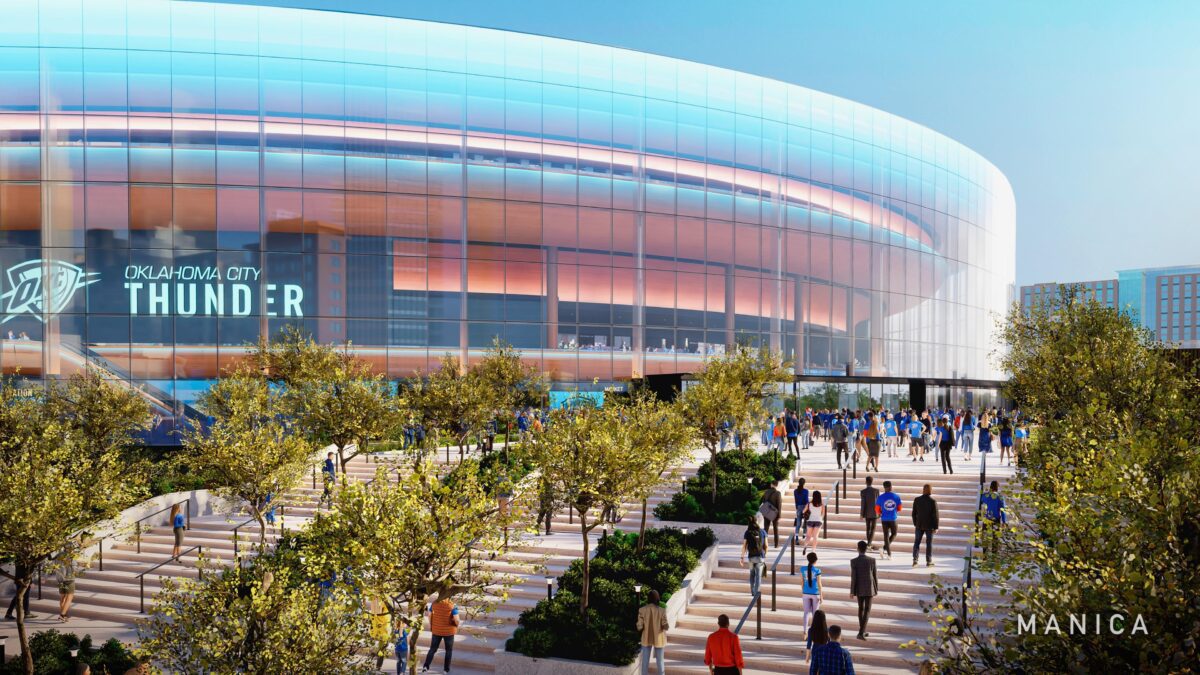
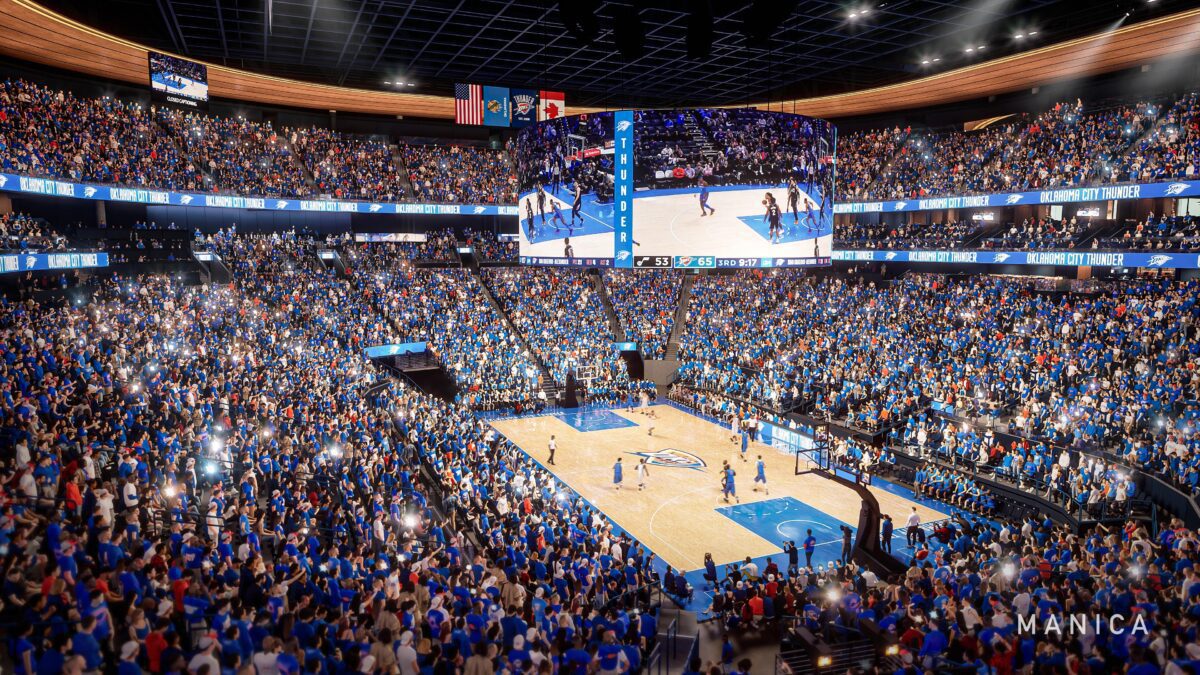
The preliminary design for the arena is 750,000 square feet — a 30% increase from the Paycom Center’s square footage. It features widened concourses, a surplus of restaurants and bars, a Thunder Alley, and as promised, improved seating.
“The fan experience is really what we’re all interested in, and the Thunder certainly is interested in it, too,” says Todd. “We want to try and get the people closer to the action.”
This March, the city council approved hiring Flintco and Mortensen for the construction of the arena, which will be located on the site of the former Myriad Convention Center currently undergoing demolition. Construction is expected to kick off the first quarter of 2026.
Expected Economic Impact
In June, after 2 years of negotiations, the Thunder and the City entered into a 25-year agreement that will ensure the sports team remains in Oklahoma City through 2058. The 115-page lease includes some of the strongest penalties for early departure in the history of the NBA.
The economic implications of this deal are significant. In a study commissioned by OKC VeloCity – the Greater OKC Chamber of Commerce’s newsletter – the new arena will generate an estimated $590 million in annual revenue. It will also create upwards of 10,000 jobs during the construction phase, and it will create another 2,500 facility and hospitality jobs when opened.
Until then, the city has its work cut out.
“We always look forward to the ribbon-cutting ceremony,” says Todd. “Knowing that we’re instrumental in providing the facility and watching people enjoy it, is always very rewarding.”
Featured photo credit: Preliminary renderings of the $1 billion OKC Thunder stadium were released in mid-July. All renderings courtesy MANICA




